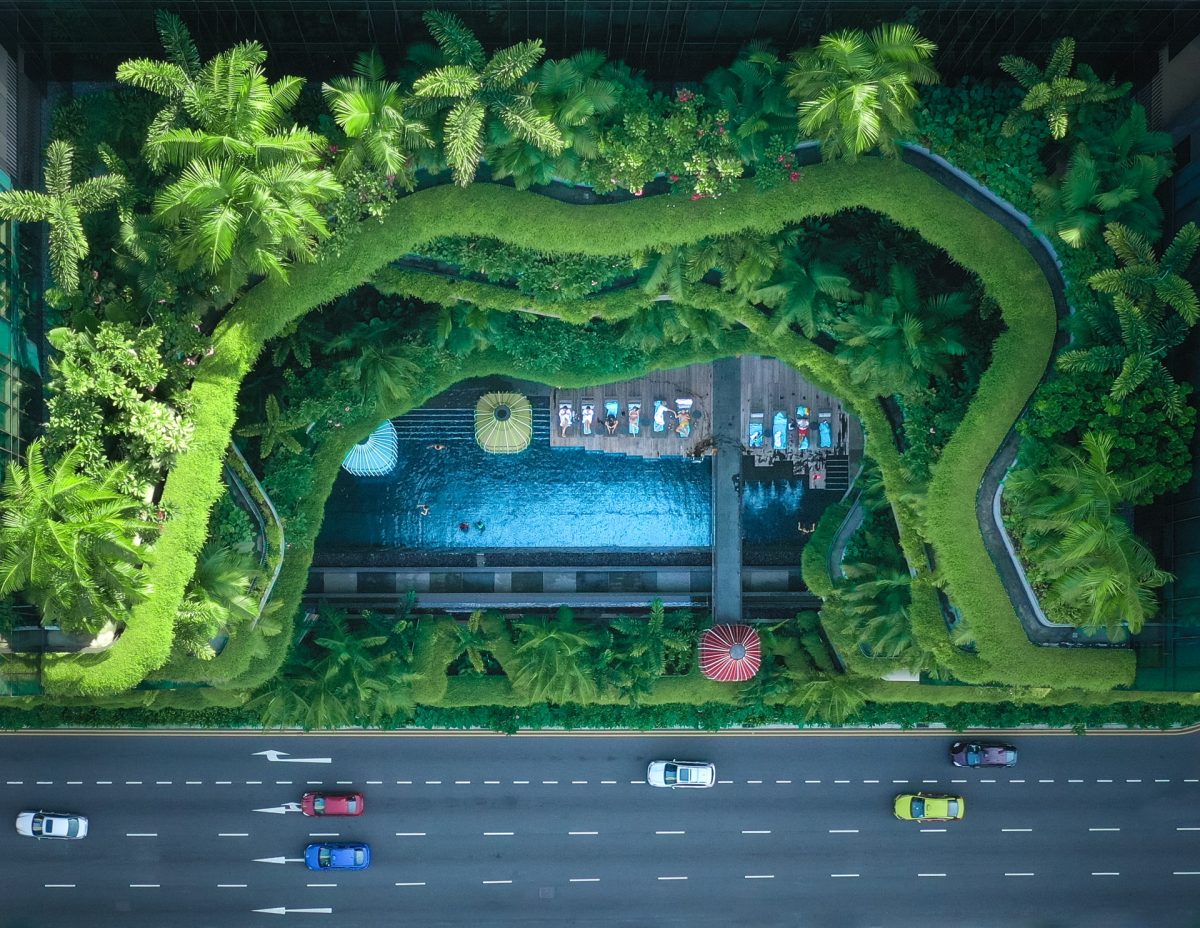I’m riding a mountain bike along a dirt track, looking out for long-tail macaque monkeys, wild boars and pangolins. This is nothing like the Singapore I imagined – that of shiny skyscrapers and streets bustling with suited businessmen in a hurry. Perhaps that’s because I’m on Pulau Ubin, the biggest of Singapore’s 64 islets and a cute, 10-minute boat-chug away from the main island.
“Since 1991 there’s been a pact to not touch Pulau Ubin as long as Singapore has enough land,” says my guide Simon Chin, operations manager at Singapore-based adventure tour operator Let’s Go Tour.
“Only about 20 residents live here, and most houses are solar panelled. There’s also a Friends of Ubin Network, which preserves culture here.” He gestures at Ah Ma Drink Stall, a stand run by 85-year-old Ong Ang Siek. It’s been open since 1996, and was rebuilt from reused timber in 2018. A short bike ride away is a living lab, preserving samples of all the plant life here – including three species of flood-resistant mangroves.
Hardly any tourists venture out here – in fact, not many locals do, either. But it’s a string to the bow of a government and tourist board keen to show a different side to Singapore. A greener, calmer, more sustainably minded side. I’m here to find out how far Singapore’s sustainability goals really go.
Green Plan 2030
Less than a century ago, Singapore was mostly thick jungle but, thanks to rapid development in the late 20th century, it’s now one of the world’s most densely populated urban sprawls. In February 2021 the city-state announced Green Plan 2030 – an ambitious set of goals aimed to advance Singapore’s sustainable development agenda.
Among many targets it is aiming to reach by 2020, the Green Plan promises to plant one million trees; triple cycle paths and raise the number of trips taken on public transport to 75 per cent; increase solar energy five-fold; ‘green’ 80 per cent of Singapore’s buildings and meet 30 per cent of Singapore’s food needs through local produce…
To read the whole feature, visit the ABTA Magazine website.
